Higher classification Zerynthia | Family Papilionidae Scientific name Zerynthia polyxena Rank Species | |
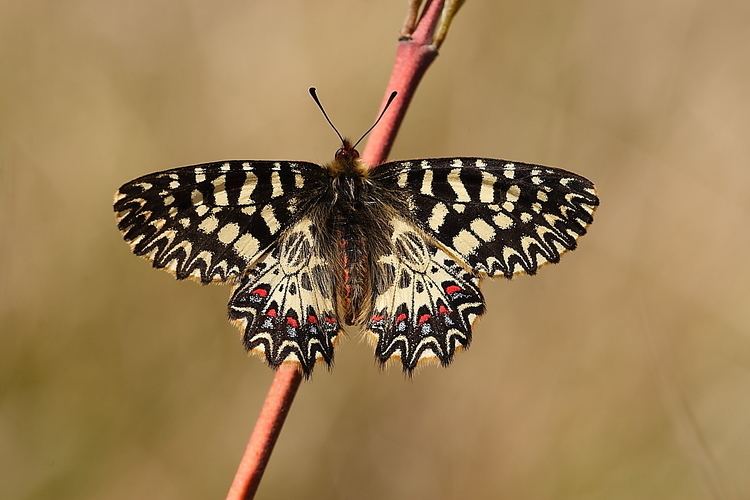 | ||
Similar Zerynthia, Butterflies and moths, Butterfly, Insect, Swallowtail butterfly | ||
Zerynthia polyxena
Zerynthia polyxena, the southern festoon, is a striking butterfly belonging to the family Papilionidae of butterflies.
Contents
- Zerynthia polyxena
- Zerynthia polyxena southern festoon
- Subspecies and forms
- Distribution
- Habitat
- Description
- Biology
- References
Zerynthia polyxena southern festoon
Subspecies and forms
Subspecies and forms include:
Distribution
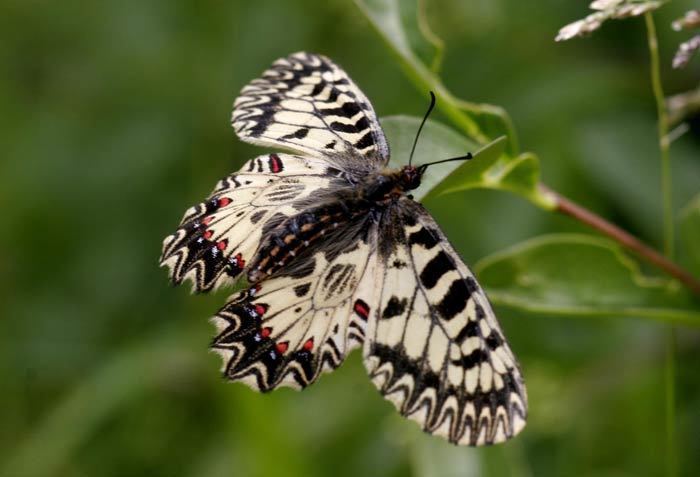
Z. polyxena is widespread in the middle and southern Europe (southeastern France, Italy, Slovakia and Greece) covering all the Balkans and reaching the south of Kazakhstan and the Urals. Although they are widespread they occur only locally.
Habitat
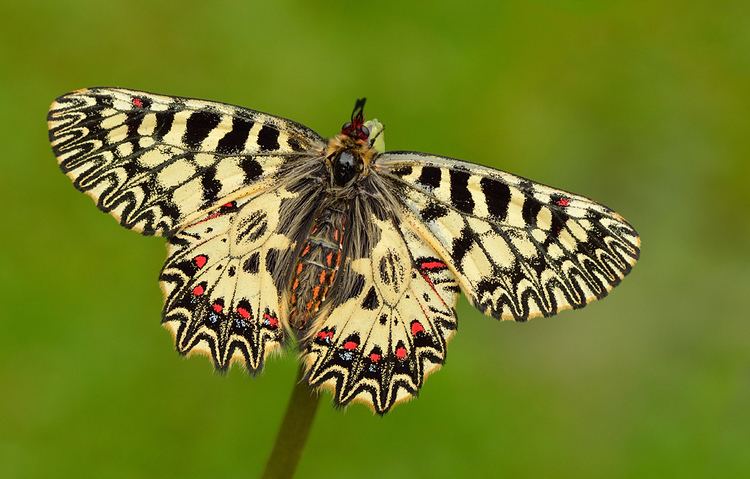
These rare butterflies can be found in warm, sunny and open places such as grassy herb rich meadows, vineyards, river banks, wetlands, cultivated areas, brushy places, wasteland, rocky cliffs and karst terrains, at an elevation of about 1,700 meters above sea level, but usually under 900 meters.
Description
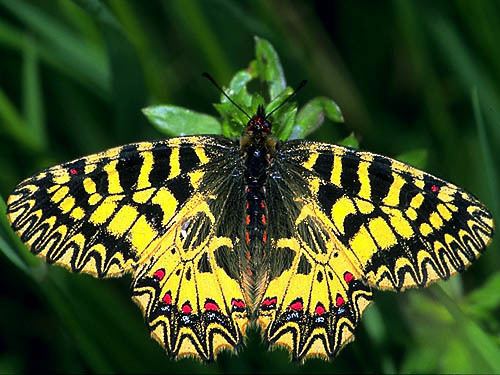
The southern festoon can reach a wingspan of 46–52 mm. The females have slightly longer wings, usually lighter colored than males. The basic color of the wings is yellow, with a complicated pattern of several black bands and spots.
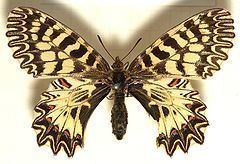
On the edges of the hindwings they have a black sinuous line with a series of blue and red warning spots to deter potential predators (aposematism). The body is dark brown and bears red patches on the sides of the abdomen.
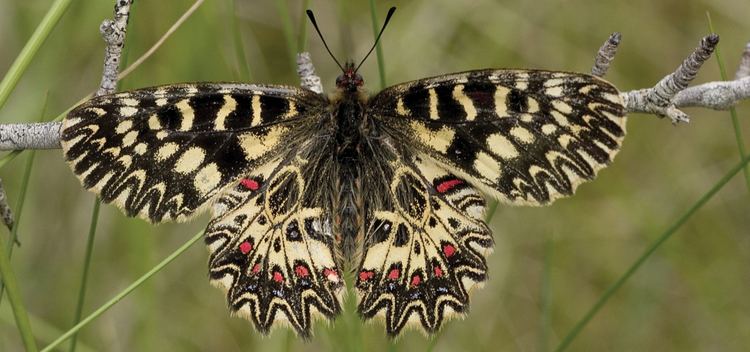
This species is rather similar to Zerynthia rumina, Zerynthia cerisyi and Zerynthia cretica. However this butterfly can be confused only with the Spanish festoon (Z. rumina). The differences are in the presence of blue on the hind wings of Z. polyxena and the relatively lower amount of red on its forewings as compared to Z. rumina. The ranges of these two species overlap only in southeast France.
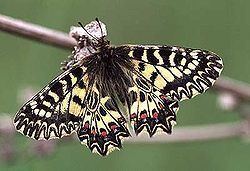
The caterpillars of Z. polyxena are up to 35 millimeters long. They are initially black, then they are yellowish with six rows of fleshy orange and black spikes all over the body.
Biology
It is an early spring butterfly. Adults fly from April to June in a single brood. The adults are active for no more than three weeks. The females lay their eggs singly or in small groups at the bottom of the host plants. The eggs are spherical and whitish at first, bluish colored before hatching. The caterpillars feed on birthworts (mainly (Aristolochia clematitis, Aristolochia rotunda, Aristolochia pistolochia, Aristolochia pallida). The special food of the larvae provides the toxic substances which then also go to the adults, making them inedible. The young caterpillars feed at first on flowers and young shoots, while after the second molt they feed on leaves. The pupae stay linked to a support by a silk belt for wintering and the new adults hatch the next spring.
